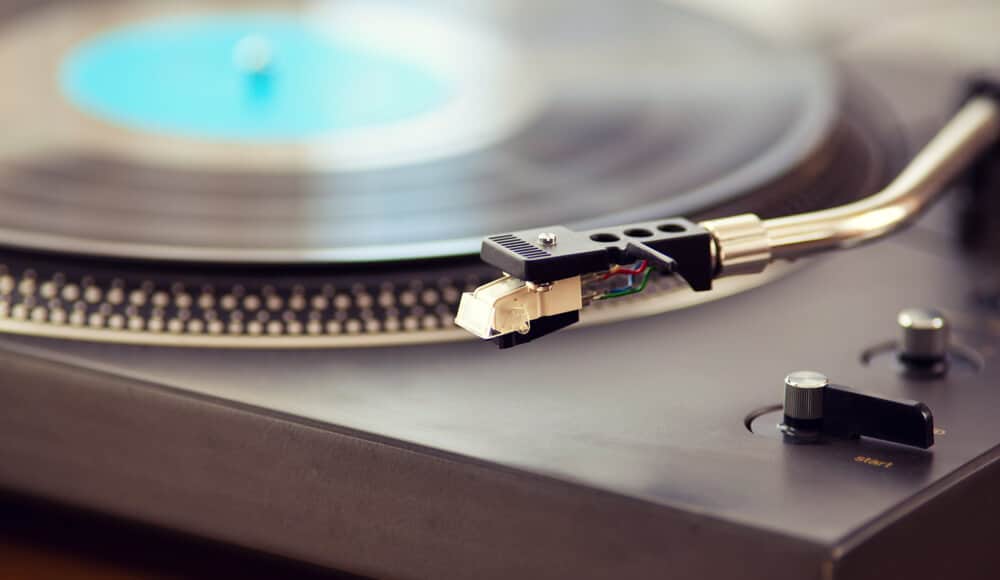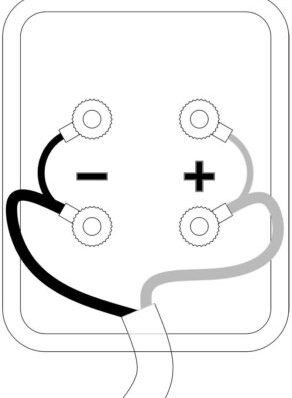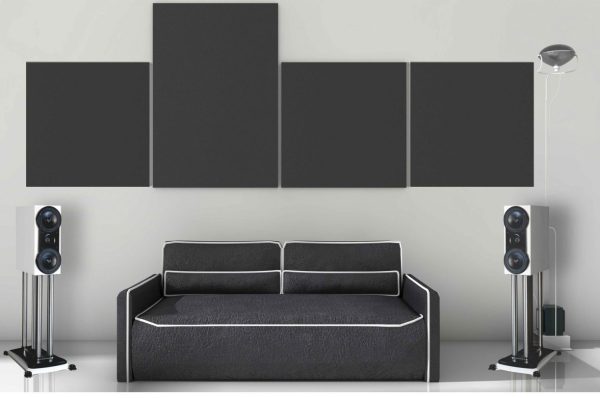The main difference between MC phono and moving-magnet phono cartridges is the cantilever material. MM cartridges’ typically use aluminum for their cantilever material. This is a common material but it wears much faster. To handle the higher signal levels of the moving magnet, MMs require more capacitance in their phantom stages. In addition, MMs are usually more fragile than MCs, because they are heavier and have a more complex build.
What is the difference in these cartridges? And why should you choose one over another? The cartridge on a turntable is an important link in the chain connecting the record to your speakers. Even though it is a small piece, this can have a profound effect on the sound.
Both the Moving Magnet (MM), and Moving Coil(MC) cartridges function as small electromagnetic generators. They convert mechanical vibration (vibration) generated by the stylus (association diamond and cantilever), which moves in the groove on a disc into an electric signal. This signal will then be amplified by a phono amplifier and processed so we can hear it. The signal is generated by both cartridge types using a combination of magnets and wire coils.
Moving magnet cartridges
The energy conversion is done by connecting the vibrating cantilever to a magnet, which vibrates close to a pair of coils. The small magnet, placed between the coils, vibrates, producing an electric current with low intensity. The moving magnet cartridges are strong and can produce moderate to high output levels. They can also be upgraded and used with all hi fi stereo amplifiers with a phono input, as well as all preamps.
However, the moving parts of MM cartridges are heavier than those on moving coil models. MM cartridges are less precise at reading small changes in the groove, particularly at high frequencies. Take note that there are high-end moving magnetic cartridges that can compete with or surpass moving coil models.
Moving coil cartridges
The Moving Coil (MC), cartridge, works in an inverted configuration as opposed to a moving magnet model. Therefore, the cantilever vibrates a coil that is close to stationary magnets. To generate an electrical signal, the coil is attached to a cantilever. It moves in the magnetic field of permanent magnets. This coil is smaller than the ones used in moving magnet designs.
Moving coil cartridges have a lower mass which allows for better tracking of the groove. This results in a wider frequency range, better transients at high frequencies, and a better reproduction of the original signal. The price of a cartridge will reflect the higher cost of manufacturing a moving coil cartridge. The output signal is weaker, so a phono preamp must be added with a gain stage.
In conclusion
This question, like all things Hi-Fi-related, carries a lot of subjectivity. Quality Hi-Fi doesn’t need to cost a fortune. Many audiophiles prefer moving coil. But not everyone can afford an MC design. Also, not all turntable owners have the time or money to maintain one. A MM cartridge still delivers exceptional sound quality and performance, especially as it gets more expensive. Some people don’t feel the price difference in sound quality over a MC design is worth it if they aren’t looking for conveniences like replacing the stylist themselves.


